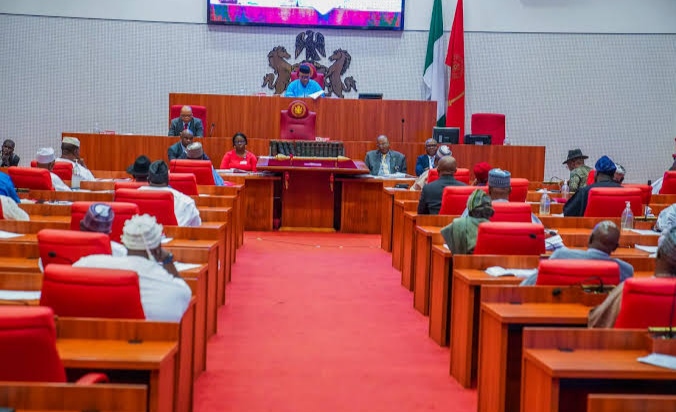MTN Group and Airtel Africa have agreed to collaboratively share mobile phone network infrastructure in Nigeria and Uganda.
Gatekeepers News reports that this partnership is designed to optimise investments while enhancing service coverage in these regions.
As the demand for digital and financial services continues to rise across Africa, mobile operators face significant challenges due to the high costs associated with building and maintaining network infrastructure, particularly for advanced 5G technology.
In their announcements, both companies expressed intentions to explore similar opportunities in additional markets, including Congo-Brazzaville, Rwanda, and Zambia.
Potential initiatives under consideration include sharing radio access networks, which constitute a major component of network deployment and operational costs, as well as establishing commercial and technical agreements for fiber infrastructure sharing. The companies may also look into constructing new fiber networks if necessary.
The companies said, “This engagement does not preclude the parties from collaborating with other operators in any respective market.”
Speaking on the agreement, MTN Group CEO Ralph Mupita in a statement said “As MTN, we are driven by the vision of delivering digital solutions that drive Africa’s progress.
“We continue to see strong structural demand for digital and financial services across our markets. To meet this demand, we continue to invest in coverage and capacity to ensure high-quality connectivity for our customers.
That said, there are opportunities within regulatory frameworks for sharing resources to drive higher efficiencies and improve returns.”
Airtel Africa Chief Executive Officer Sunil Taldar said the agreement would avoid duplication of expensive infrastructure.
He added that sharing infrastructure allows operators to extend their network coverage more quickly, especially in rural or less densely populated areas where it might not be economically viable to build separate networks.










